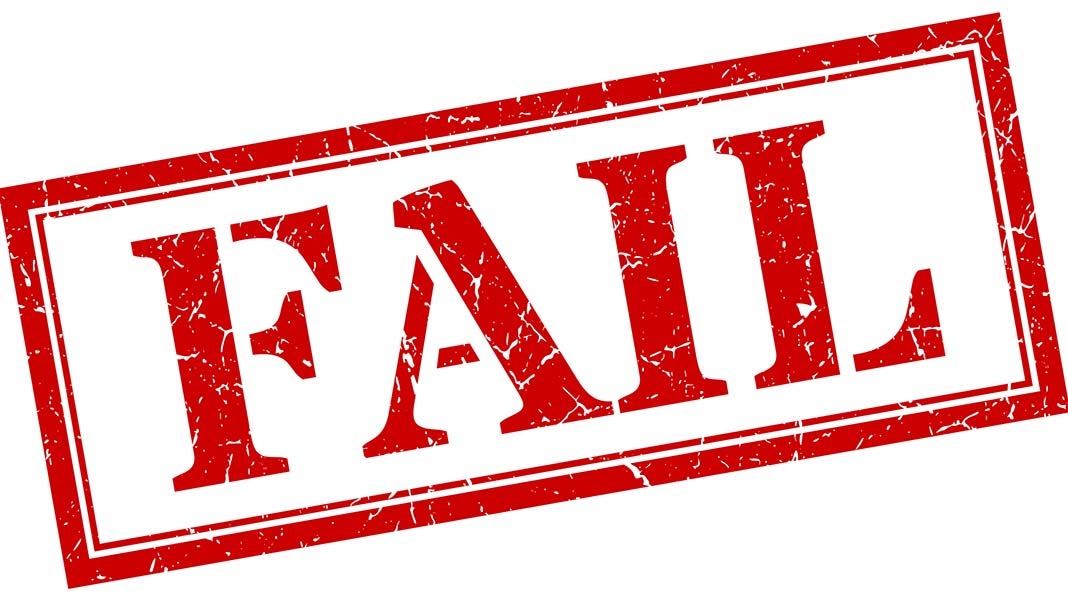
Social media has changed the way we learn about, share and react to big events—good or bad. We rush to it to celebrate but we also rush to it when the world is in danger or a tragedy has occurred, whether it’s a natural disaster like Hurricane Sandy or acts of terror like the shootings in Pittsburgh or the riots in Charlottesville, VA.
For many of us, social media has replaced traditional media and news sources for that initial alert. I don’t know about you, but I learned about the attacks in Charlottesville on-line. It’s true that I, and many of you, still turn to our more traditional news outlets for ongoing news and updates, but Facebook and Twitter seem to not only inform us of the minute by minute happenings but also uniquely reflects the sentiments and the humanity of the situation.
When we’re in crisis, we want more than the facts. We want to share the experience. We want to express our outrage or sympathy. It’s the emotion of the moment that pulls us into the social channels and keeps us there, eager to participate.
That’s why people react so strongly when a gaffe occurs. The emotions are so heightened that when someone does or says something insensitive or self-serving, people go nuts.
So, how should we handle social media when the country or the world is in crisis? The truth is, if it’s not handled well, you can create your own crisis. And where will it explode? On social media, of course.
When your brand stumbles on a regular old day, you may get blasted for it, but it passes. But when you fail during a heightened time of emotion and scrutiny—that can stick on your brand forever.
Here are some social media fails to avoid when the world around you is focusing on something serious.
Curb all regular postings: This is not the time to share articles, post photos or promote your business. And by the way, doing any sort of hybrid posting where you speak of the situation AND your company, well, that just smacks of borrowing from someone else’s sorrow for your own gain.
Pause all auto postings and auto-tweets: Many people use tools that auto-populate their feeds with great content. But accidentally acting like everything is normal when it most definitely is not can make your brand look at best, out of touch and worst, insensitive.
Don’t use the tragedy to get social cred: This is not the time to solicit likes or followers, even if you offer donations or some other support for whoever is suffering. Profiting in any way from the circumstance makes you look petty.
It’s never funny: I’m sort of stunned when it happens but it seems like some moronic brand always tries their hand at humor. Trust me, it’s never funny. During Hurricane Sandy, Gap joked in a tweet that everyone should just stay inside and hit gap.com for some retail therapy.
Make sure you know which profile you’re using: There have been many incidents where a social media brand manager thought they were using their own personal account to comment on a tragedy or social happening and instead, embarrassed their brand and got themselves fired.
Do all of these faux pas mean you have to stay silent during a national or international crisis? Absolutely not. Share authentic emotion. Let them see the humanity behind your brand. Be a resource. Be encouraging. Be genuinely helpful. Be real.
Just don’t be a social media failure. This isn’t the time to promote, profit or proselytize. It’s time to be human.












